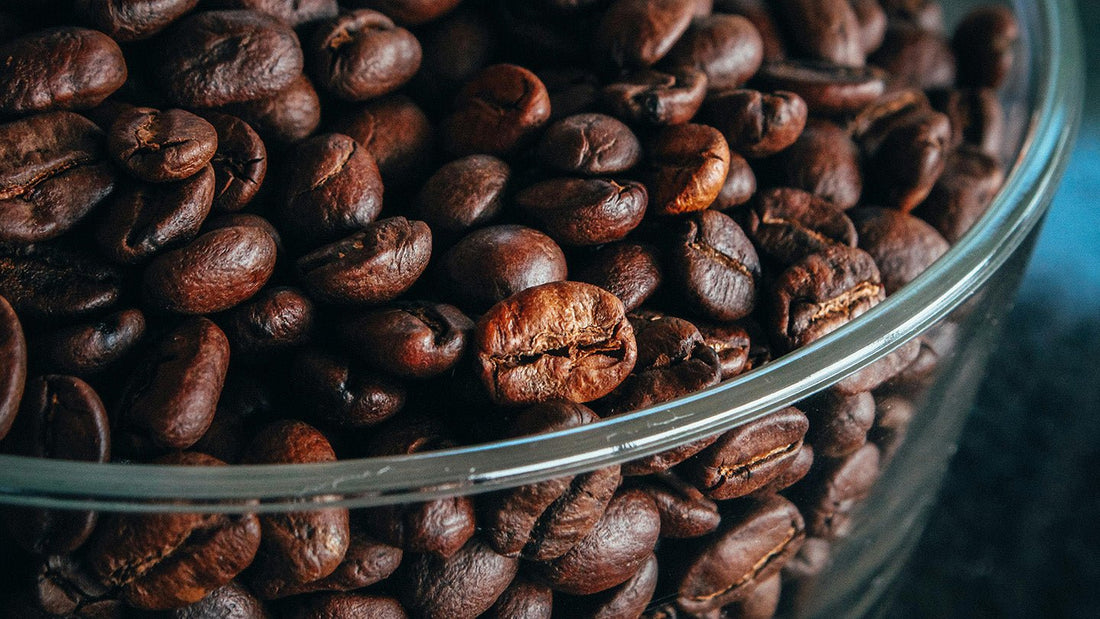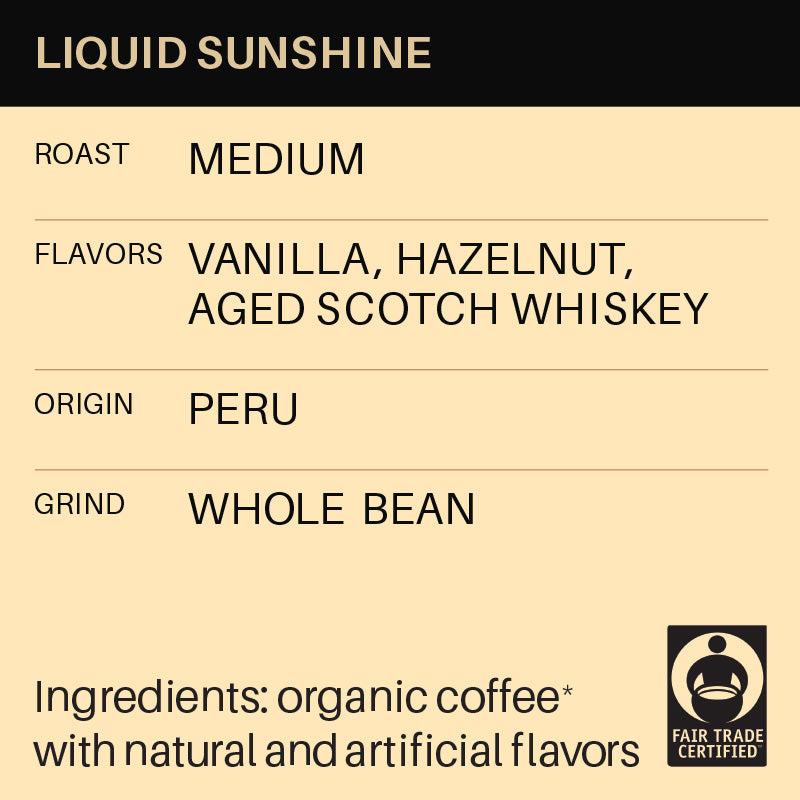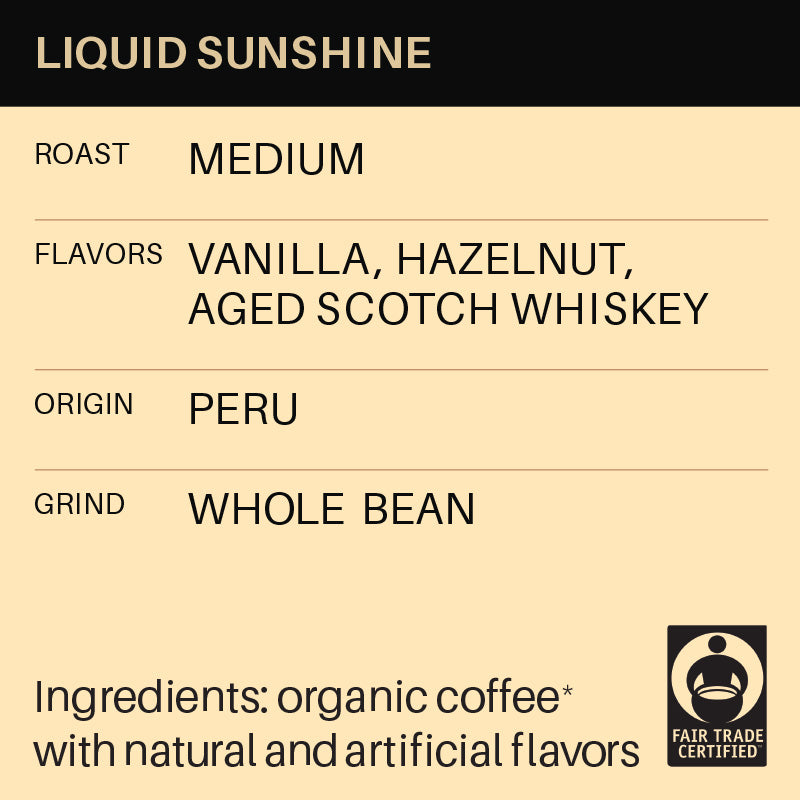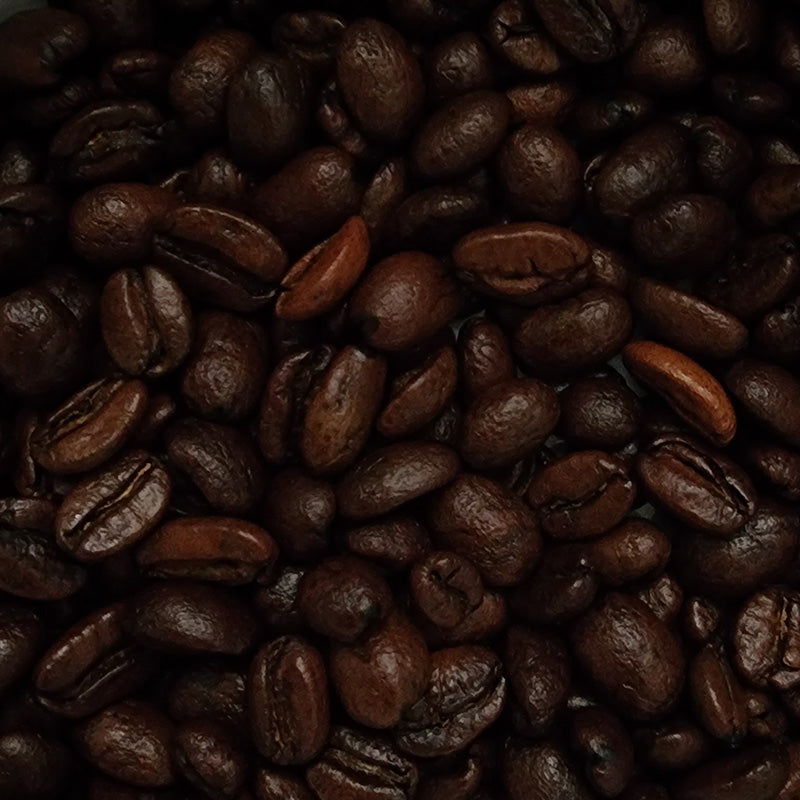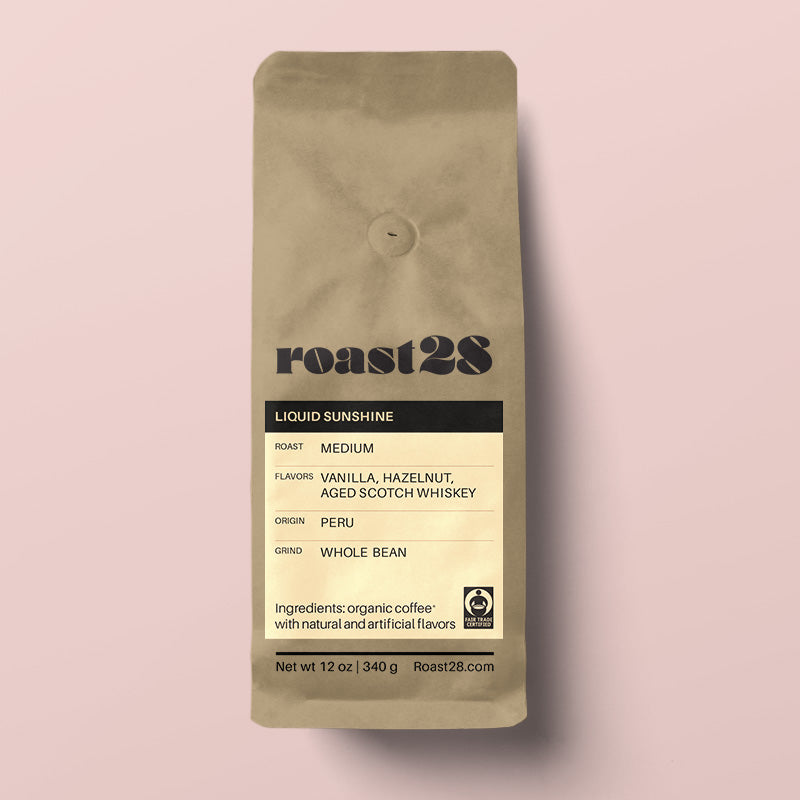The presence of oil on the surface of dark roast coffee beans is often associated with a richer, more pronounced flavor profile, preferred by many coffee enthusiasts. As coffee beans are roasted, a chemical reaction creates hundreds of new aromatic compounds. This reaction transforms the raw, green coffee beans (with their grassy or cereal-like flavor) into complex, richly flavored coffee that consumers enjoy. Using precise control of roasting time and temperature, roasters can influence the flavor profile of coffee, balancing acidity, bitterness, and sweetness.

Understanding the roasting process
The oily sheen on dark roast coffee beans is primarily the result of the roasting process. During roasting, coffee beans undergo numerous chemical reactions, including the Maillard reaction (a chemical reaction between amino acids and reducing sugars) and caramelization. These factors contribute to the flavor, color, and aroma of coffee. As beans are roasted to darker levels, these reactions become more intense.

How oils form on dark roast coffee beans
Coffee beans contain various fats and oils naturally. As the roasting process progresses, especially into the dark roast territory, the heat causes the cellular structure of the beans to break down more extensively. This breakdown facilitates the migration of oils from the interior of the bean to the surface. Dark roasts reach temperatures high enough (typically between 430°F and 450°F or about 220°C to 232°C) to cause this migration more significantly than lighter roasts.

The importance of degassing coffee
After roasting, coffee beans release carbon dioxide in a process known as degassing. Dark roasted beans, having been exposed to higher temperatures, tend to degas more rapidly and extensively. While this process is primarily about gas release, it also helps to bring some of the oils out to the surface of the beans, contributing to the shiny, oily appearance.

How origin plays a role in bean composition
The origin and type of the coffee bean can also influence the amount of oil that surfaces during roasting. Some beans naturally contain more oils, which become more pronounced during the roasting process, especially in dark roasts. Denser beans, which are often grown at higher altitudes, can withstand the heat of dark roasting better than less dense beans, leading to a more flavorful cup.

Considerations for choosing dark roast coffee
Coffees that naturally have a fuller body, lower acidity, and flavor notes like chocolate, nuts, or spices are typically more complementary to dark roasting. These intrinsic flavors can stand up to the bitterness and intensity of a dark roast, resulting in a balanced and enjoyable cup. Experimenting with different origins and roast profiles can help identify personal favorites.

Storage and age
Over time, even after roasting, beans continue to release oils. The longer organic dark roast beans are stored, the more oils may surface. This is also why freshly roasted dark beans might not appear as oily immediately after roasting as they will a few days later.

The benefits of buying whole bean coffee
Oils can also contribute to the breakdown of coffee flavors more quickly, which is why it's generally recommended to consume dark roast coffee relatively soon after it's roasted and ground. Buying whole bean coffee and grinding it before each brew ensures a fresher cup and prolongs the life of your stash. Check out our brewing tips to ensure you understand how to brew coffee using the right grind size and water temperature for dark roasts.
